Ammonia Gas Detection
Ammonia Gas Detectors – Portable gas detectors from a1-cbiss for the detection of ammonia
CAS Number: 7664-41-7
TWA: 25ppm
STEL: 35ppm
Properties
Ammonia is a colourless gas with a pungent suffocating odour, which smells like rotten eggs. Ammonia is characterised as a flammable although it is very difficult to ignite. When exposed to heat, an ammonia solution will decompose to form Ammonia gas and oxides of Nitrogen, (NOx). Ammonia is a sticky gas so easily absorbed into many materials. As a result, detectors need special calibration equipment and techniques.
Dangers
Ammonia will become extremely irritating as concentrations increase. Exposure to high concentrations of ammonia in air causes immediate burning of the nose, throat and respiratory tract, and could cause respiratory distress or failure. Inhalation of lower concentrations can cause coughing, and nose and throat irritation. Ammonia’s odour provides adequate early warning of its presence, but ammonia also causes olfactory fatigue (where the human nose blanks out the smell although the gas remains present), reducing awareness of prolonged exposure at low concentrations.
Where is it found?
Ammonia (NH3) naturally exists in humans and in the environment. It is produced naturally from decomposition of organic matter, including plants, animals and animal waste. Ammonia is one of the most commonly produced industrial chemicals. that can be found in a variety of common industrial environments such as abatement processes, fertiliser plants, poultry farms, food processing, refrigeration and chemical plants.
How do you detect and measure Ammonia?
Ammonia is detected with electrochemical and catalytic sensor technology. Portable detection, including single gas or multi-gas detectors can monitor instantaneous and time-weighted average exposure to toxic levels of Ammonia. Fixed detection systems may include a combination of toxic and flammable level detectors. Fixed systems can also be used for process control and ventilation control.
Discover the right Ammonia detection solution for you
There are several types of sensors used for gas detection. The choice of gas sensor depends on:
- What the purpose of detection is
- Whether the gas detector is fixed or portable
- Whether the detector is point or open path
- The expected range of concentration
- The presence of other gases that may affect readings or damage the sensor
These systems can measure flammable and toxic gases, report their presence and activate alarms or equipment. You should select your gas detection solution based on the number and type of gas sensors needed and your display and certification requirements.
Ammonia gas products
Gas detection equipment can take many forms from portable to fixed detectors, and sample systems which enable ammonia detection to occur without a person having to enter the area being monitored. a1-cbiss stock ammonia gastec detector tubes and colorimetric badges, as listed below.
Showing all 10 results
-
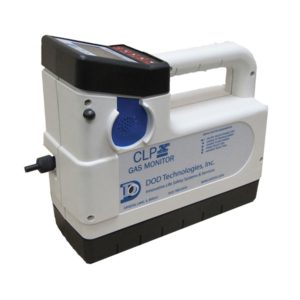
CLPX Isocyanate Paper-Tape Monitor
£7070.00ex. VAT£8484.00inc. VAT -
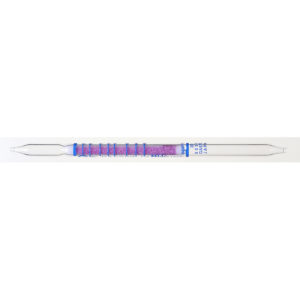
GAS3D Ammonia Passive Dosi-Tube 2.5 – 1000ppm
£41.50ex. VAT£49.80inc. VAT -
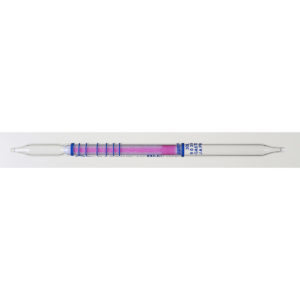
GAS3DL Ammonia Passive Dosi-Tube 0.1 – 10ppm
£41.50ex. VAT£49.80inc. VAT -
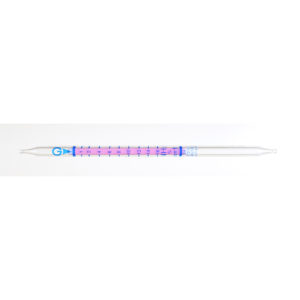
GAS3H Ammonia Gastec Detector Tubes 0.2 – 32%
£31.95ex. VAT£38.34inc. VAT -
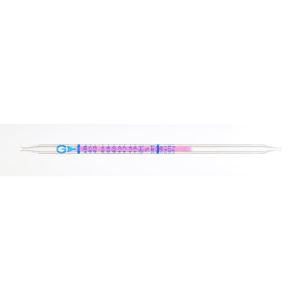
GAS3HM Ammonia Gastec Detector Tubes 0.05 – 3.52%
£31.95ex. VAT£38.34inc. VAT -
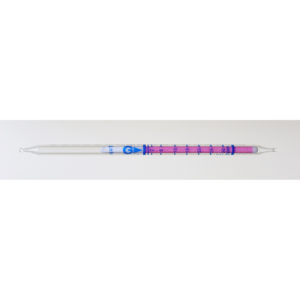
GAS3L Ammonia Gastec Detector Tubes 0.5 – 78ppm
£31.95ex. VAT£38.34inc. VAT -
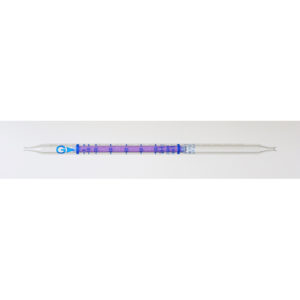
GAS3La Ammonia Gastec Detector Tubes 2.5 – 200ppm
£31.95ex. VAT£38.34inc. VAT -
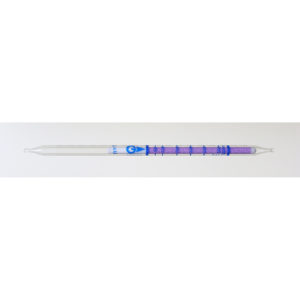
GAS3M Ammonia Gastec Detector Tubes 10 – 1000ppm
£31.95ex. VAT£38.34inc. VAT -
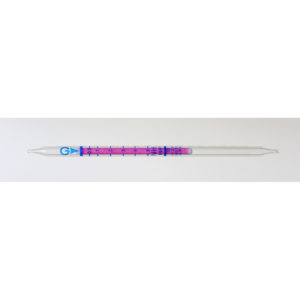
GAS3S Ammonia (Gastec Odourant Detector Tube) 0.5 -5ppm
£41.50ex. VAT£49.80inc. VAT -
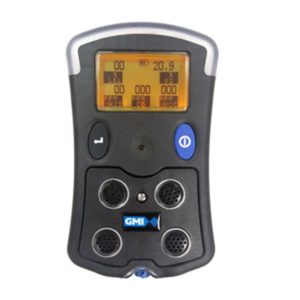
PS500 Multi 5 Gas Detector




